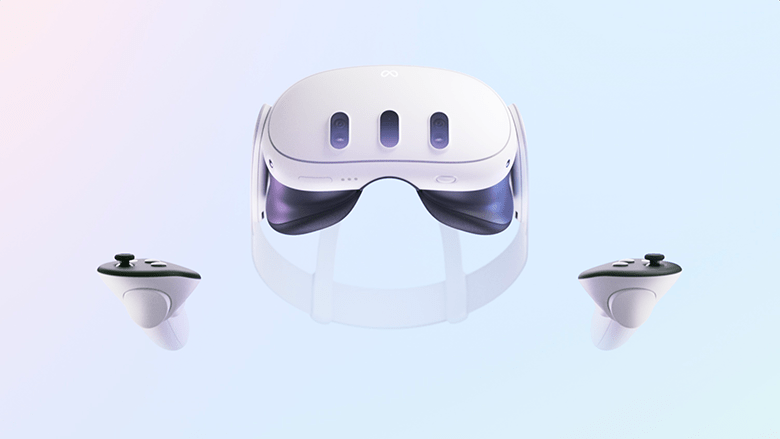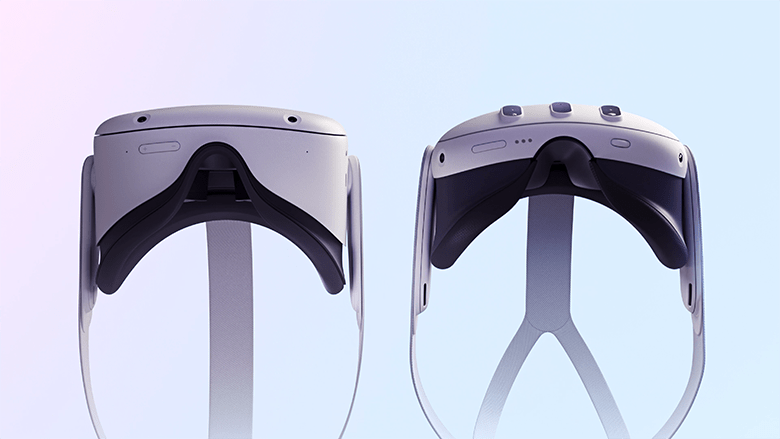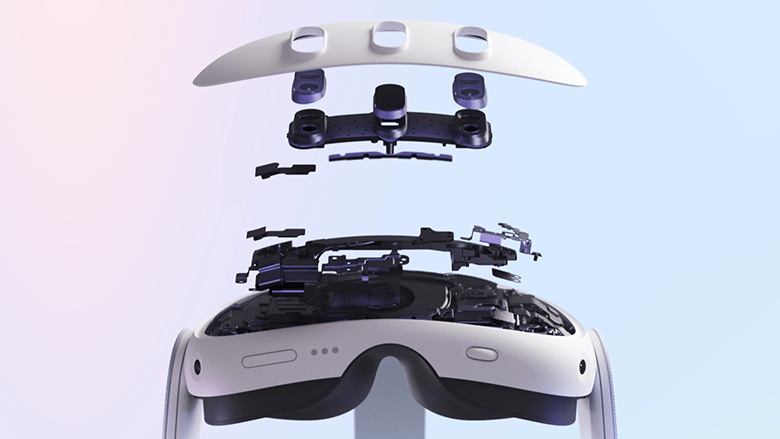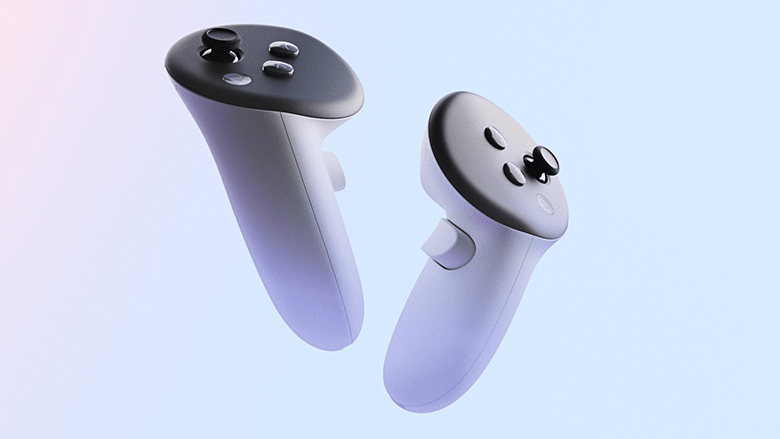June 2, 2023 – 本周,马克·扎克伯格 (Mark Zuckerberg) 宣布推出 Meta 的下一代虚拟和混合现实头显—— Meta Task 3Launching later this year. According to Meta, it features higher resolution, enhanced performance, breakthrough Meta Reality technology, and a slimmer, more comfortable form factor.
With an announcement from Apple about an XR device looking extremely likely within the next few days, Meta appears to be trying to dampen the hype of any potential announcement and potentially position itself as the most affordable option for users going virtual and mobile. Mixed reality (VR/MR) spaces.
This fall, Quest 3 will be available in all countries where Meta Quest is currently supported. Pricing starts at $499.99 for the 128GB headset, and the company offers additional storage options for those who need the extra space. Meta noted that it will share more at this year's Meta Connect event, which returns on September 27.

Meta's most powerful headset yet
Meta says the new Quest 3 device will combine the company's highest-resolution display to date with pancake optics. To power the extra pixels, this will be the first headset to feature the next-generation Snapdragon chipset being developed in partnership with Qualcomm Technologies. This next-generation Snapdragon chipset delivers more than double the graphics performance of the previous-generation Snapdragon GPU in Quest 2, which is currently powered by Qualcomm's XR2 chipset. Again, Meta notes that more details on the chipsets that will power the Quest 3 will be announced later this year.

Immersive VR + Metareality on Quest 3
On Quest 3, Meta Reality technology will seamlessly blend the physical and virtual worlds. According to Meta, the new experience on the device will "go beyond today's mixed reality by intelligently understanding and responding to objects in the user's physical space," and will allow users to navigate that space in a natural, intuitive way that was nearly impossible before.
High-fidelity color pass-through, machine learning, and spatial understanding allow users to simultaneously interact with virtual content and the physical world, creating endless possibilities for exploration.
The Quest 3 will apparently feature dual 4MP RGB color cameras, a depth sensor for a more accurate representation of the game space, and 10 times more Passthrough pixels than the Quest 2 device.
"In other words: Quest 3 is our first mass-market offering to deliver cutting-edge VR and MR experiences in a single device, setting a new benchmark for future headsets," Meta said in its announcement.

The company's VP of VR, Mark Rabkin, commented: "Ultimately, our vision is to allow you to travel through all of reality in an intuitive and enjoyable way, moving beyond the strict categorization of 'virtual reality' and 'mixed reality' to deliver a truly next-gen experience that allows you to effortlessly merge the physical and virtual worlds. Meta Reality gives you the deeply immersive magic of VR, with the freedom and joy of making your physical world more interesting and useful through MR."
design
With an optically thinner 40%* than Quest 2, Quest 3 is a sleeker and more comfortable headset. Meta has also completely redesigned the Quest 3's Touch Plus controller with a more streamlined and ergonomic shape. Thanks to the company's advancements in tracking technology, Meta did away with the outer tracking ring so the controller feels like a more natural extension of the user's hand and takes up less space.
Meta also includes the TruTouch haptic technology that first debuted in the Touch Pro. Users can also upgrade to Meta's fully self-tracking Meta Quest Touch Pro controller for a premium experience. Hand tracking will also be available out of the box, allowing users to explore without a controller, thanks to the device's direct touch technology.

content
The Quest 3 is backward compatible with the more than 500 VR games, apps, and experiences in the Quest 2 catalog, and Meta says it has many more new VR and MR games waiting to be released.

What about task 2?
As for the Meta Quest 2 headset, it's still one of the most affordable ways to get into VR right now, and starting June 4, the device's price will drop to $299.99 for the 128GB SKU and $349.99 for the 256GB SKU.
In an upcoming software update, the company will also update the Quest 2 and Quest Pro GPU and CPU. According to Meta, the CPU performance of the Quest 2 and Pro can be increased by up to 26%, while the GPU speed of the Quest 2 can be increased by up to 19%, and the Quest Pro can be increased by up to 11%. The company notes that the update should result in smoother gameplay, a more responsive user interface, and richer content on both headsets. Additionally, the company is enabling dynamic resolution scaling for Quest 2 and Quest Pro, so games and apps can take advantage of the increased pixel density without dropping frames.
Meta concluded the statement by saying that while the new Quest 3 will set new standards for mixed reality, immersive gaming, and mainstream VR headsets, the Quest 2 will remain the company's most affordable entry point into VR, while the Quest Pro is optimized for work use cases and features face and eye tracking for more authentic self-expression in meetings. As a result, Quest 2 and Quest Pro devices will continue to be sold with Quest 3 when Quest 3 launches, and new software updates will continue to be provided to provide an even better Quest experience.
For more information on Quest 3, click here.
Image/Video Source: Meta/YouTube
Related posts




